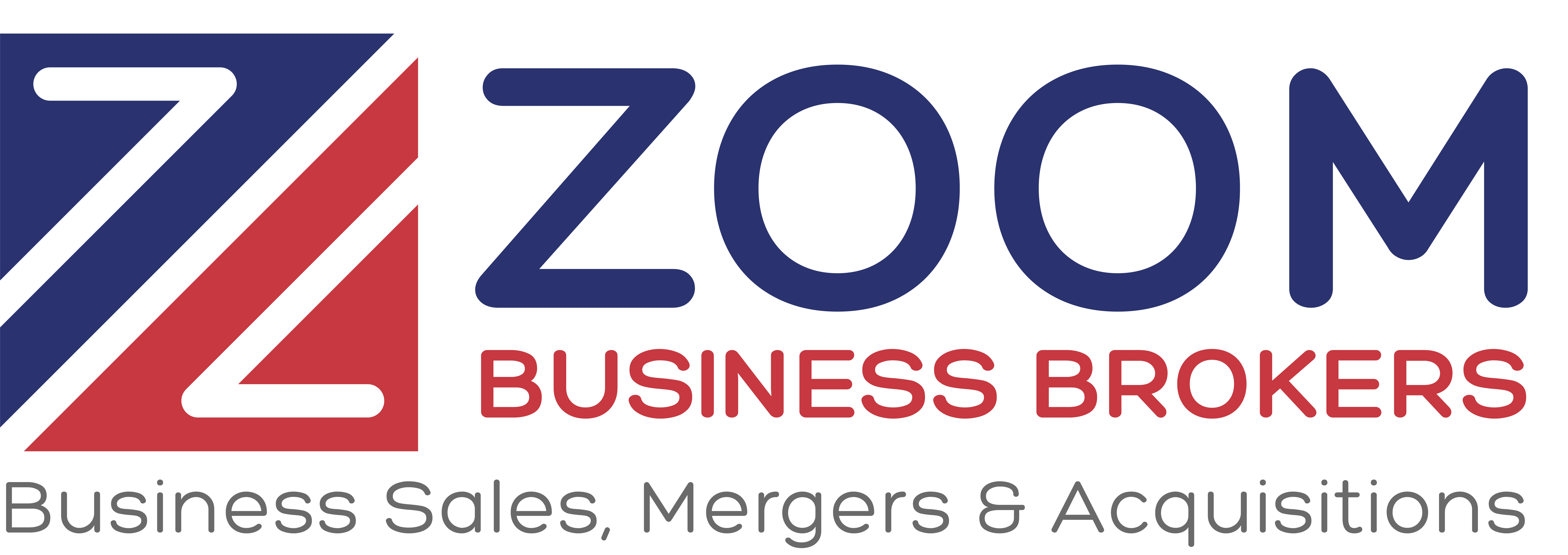
The Power of Growth Rate: Differentiating Value in Similar Businesses

In the world of business, it’s not uncommon to come across two companies in nearly identical industries, each boasting similar EBITDA figures. However, their valuations can differ significantly. Let’s consider two hypothetical companies, both with an EBITDA of $6 million, yet one is valued at $30 million (5x EBITDA) while the other fetches a price tag of $42 million (7x EBITDA). The question that arises here is, why such a stark difference in their valuations?
The discrepancy in valuations might tempt one to turn to the typical factors, such as:
- The Market
- Management/Employees
- Uniqueness/Proprietary
- Systems/Controls
- Revenue Size
- Profitability
- Regional/Global Distribution
- Capital Equipment Requirements
- Intangibles (brand/patents/etc.)
While all these factors play a role in the valuation of a company, one key element sits at the end of the checklist that plays an oversized role: the Growth Rate. This value driver is paramount and often becomes the key consideration for prospective buyers when evaluating a business’s worth.
Let’s delve into our hypothetical scenario a bit deeper. The company valued at 7x EBITDA boasts a remarkable growth rate of 50 percent, while its counterpart, valued at 5x EBITDA, shows a modest growth rate of 12 percent. This difference in growth rate can be a game-changer, significantly impacting the valuation multiples.
However, to comprehend the real growth narrative, it’s crucial to address certain pertinent questions:
- Are the company’s growth projections credible?
- Where is the growth originating from?
- What products or services are driving the growth?
- Where and why are customers supporting the projected growth coming from?
- Are there long-term contracts in place?
- How reliable are these contracts or orders?
These questions help buyers and sellers alike to unravel the true story behind a company’s growth rate, allowing them to evaluate the potential for future expansion. It’s not just about the current growth rate but also the sustainability and quality of this growth.
For instance, growth propelled by a diverse customer base, innovative products, or services, and a strong market position can be more sustainable and thus more valuable. On the other hand, growth reliant on a few major contracts or a limited customer segment might entail more risk, potentially reducing the company’s valuation.
Moreover, the credibility of growth projections is also paramount. Buyers tend to prefer businesses with reliable, well-documented growth projections backed by robust strategic plans.
To conclude, while many factors contribute to a company’s value, the growth rate often holds the key to unlocking its true worth. It is not the sole determinant but often becomes a decisive factor differentiating two similar companies. Understanding this can enable businesses to plan better, optimize their growth strategies, and maximize their value in the marketplace. So remember, when it comes to business valuation, the growth rate often dictates the tale of the tape!
